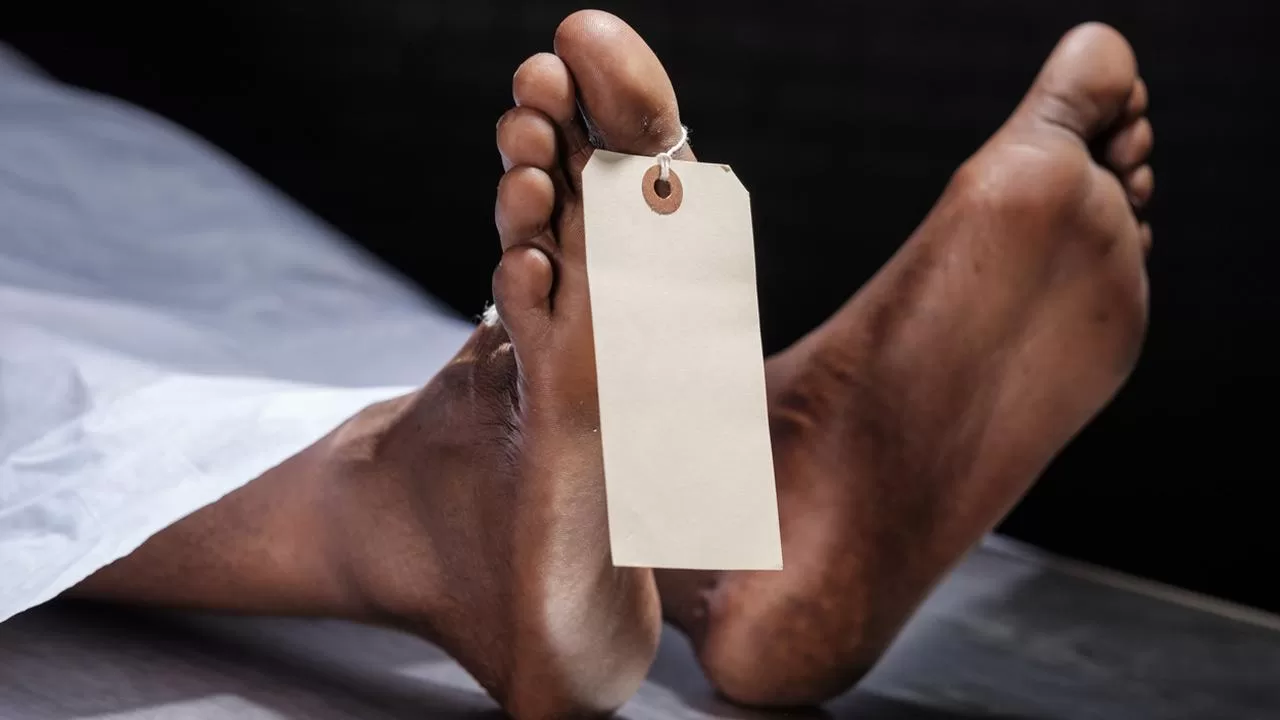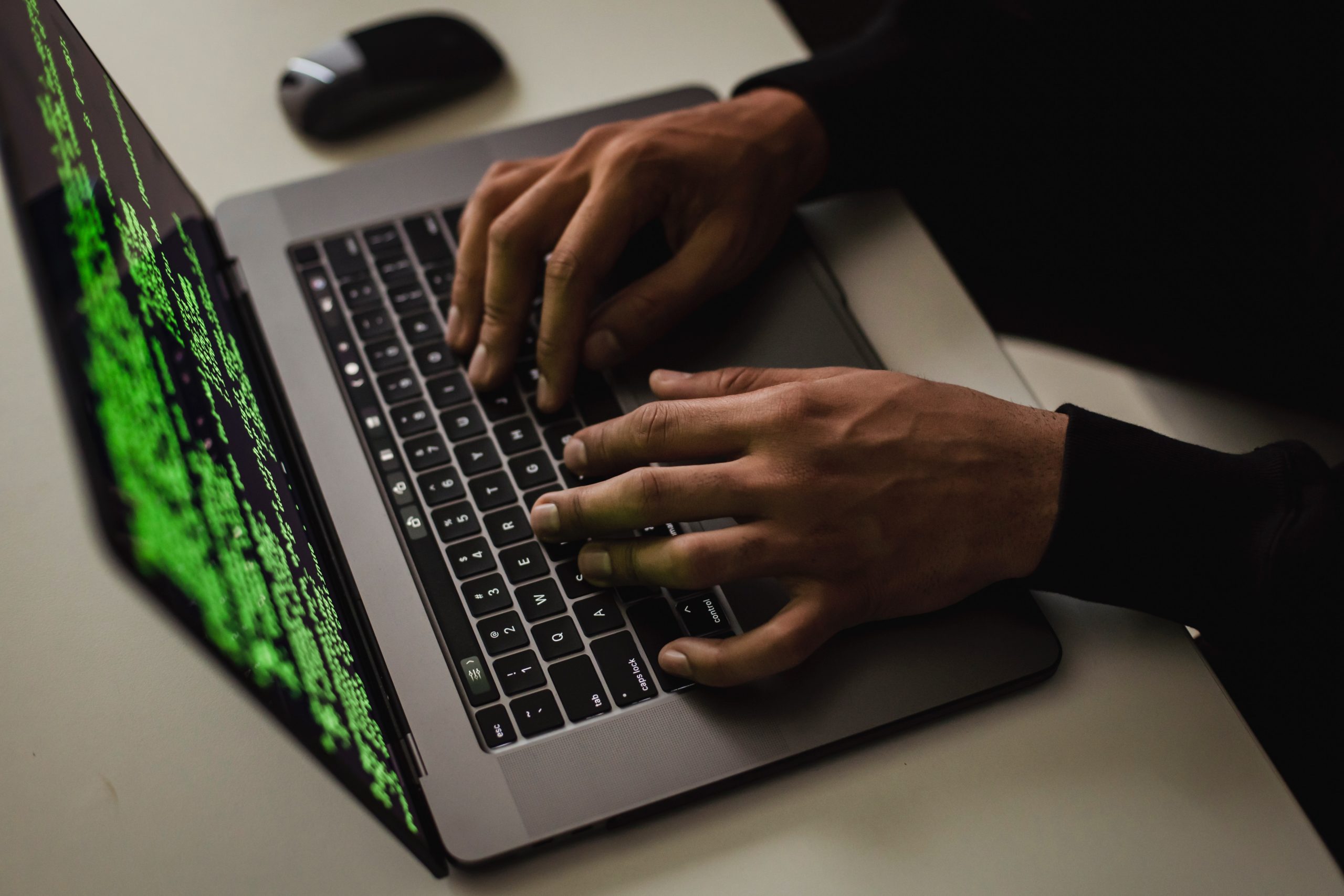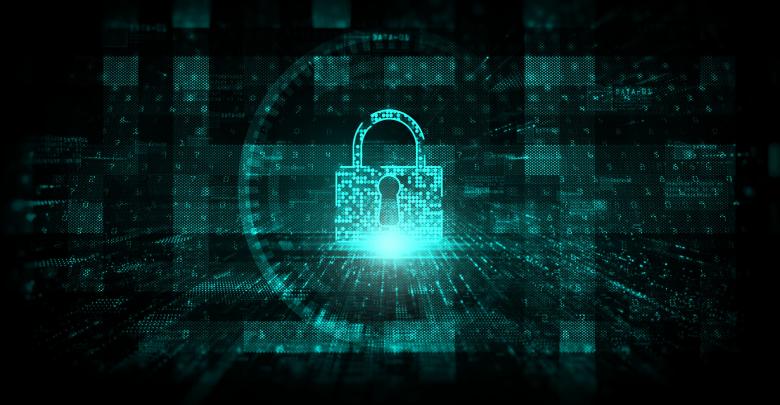Algor Mortis (Postmortem Cooling) and its Significance in Forensic Investigations
Algor mortis, also known as postmortem cooling, is a gradual reduction in body temperature that occurs after death. This cooling process can help estimate the…
The Hidden Power Of Forensic Light Source In Forensic Science
Explore how Forensic Light Sources aid in evidence detection, from fingerprints to body fluids. Learn the key applications of this forensic science tool.
Understanding Death and Modes of Death
Death can be classified into somatic or clinical and cellular or molecular death. Somatic death occurs when the body's vital systems stop functioning, while cellular…
The Polygraph: Understanding the Science Behind Lie Detection
The article discusses the history, science, and legal issues surrounding the polygraph, also known as the lie detector. The polygraph measures physiological responses such as…
Understanding Common Types of Cyber Crimes
As technology advances, the threat of cybercrime has become increasingly concerning for individuals, organizations, and governments. Cybercrime can take many forms, including copyright Infringement, Cyberstalking,…
Digital Forensics: Pros and Cons
Digital forensics is the process of identifying, preserving, collecting, analyzing, and presenting digital evidence in a way that is admissible in the court of law.…
Best Digital Forensic Tools
This article discusses some of the best digital forensic tools that can be used to analyze digital evidence effectively and efficiently, providing valuable data in…
Cyber Forensics
Cyber forensics is an essential process that is critical to maintaining digital security and investigating cybercrime. Its applications in commercial, civil, and criminal investigations are…
Importance of Tool Marks in Criminal Investigations
This article explains how tool marks can be used in criminal investigations. It discusses the different types of tool marks and how they can provide…
What is ‘body odor’ biometrics?
A body odor recognition system is a contactless biometric that can be used to confirm an individual's identity by analyzing the olfactory properties of their…
Biometrics
The use of biometric authentication and verification has brought a steep upturn in corporate and public security, consumer electronics, and POS (Point-of-sale) applications by significantly…
Forensic Science Timeline: Ancient Times to Modern History
The earliest application of forensic science dates back to the ancient Greek and Roman societies. Those civilizations made significant contributions to the field of medicine,…
How do Diatoms aid Forensic Science in solving a crime?
Hence, the diatom test plays an important role in diagnosing and confirming drowning deaths, particularly in the case of putrefied or skeletonized bodies. Diatom test…
History Of Using Diatom Test For Investigating Drowning
Explore the history of diatom test in drowning investigations, a crucial forensic tool that helps determine if an individual was alive when entering the water.
Diatoms and their Characteristics
Diatoms, backed by numerous studies, play the role of valuable supportive evidence in drowning cases. Various features of diatoms make these organisms an excellent candidate…
Principles Of Forensic Science
Forensic Science is the scientific discipline engaged in the recognition, identification, individualization, and evaluation of physical evidence by using the laws and principles of natural…


















